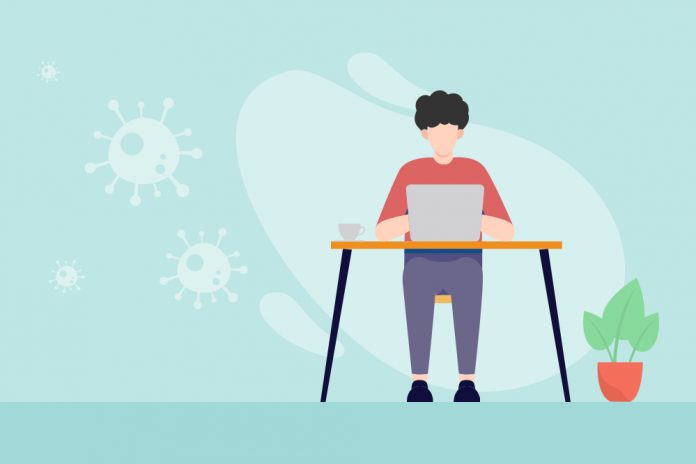Summary: As the country prepares for the third wave of COVID-19, we are exploring how we can address the fears that come with it. Transitions can be overwhelming. This article shows practical ways you can overcome the ambiguities of COVID-19 and reintegrate into life after the lockdown.
introduction
The pandemic has turned the world upside down. The first two waves drained people completely; physically, mentally and emotionally. The fight is real.
The second wave consisted of endless fear, fear of the unknown and loss of hope. We experienced collective grief and grief. There was discomfort with the rise in cases, the lack of medical facilities and poor enforcement by the system. People are still grappling with the vaccination-related turmoil that has caused widespread disappointment and excitement.
As we prepare for the next wave, there is much fear and concern about the persistence of the toll it is causing. Moreover, there is confusion about how things will be when the country reopens.
The worries after the lockdown
There are many worries about what things will be like when the country begins to open up. The new normal will be different. We can see that some are wearing masks and others are not. Reuniting with others can be both exciting and nerve-wracking. When interacting with others, there may be an ongoing concern about the safety precautions the other person would follow. Public places can’t be the same for a while.
Social worries and fears seem to be increasing. Because isolation has been in place for more than a year, our social skills may be impaired. Physical interaction with others can seem uncomfortable at first. Going to social gatherings or even shopping offline would be a different experience. The work dynamics would be completely different. Back from virtual meetings where we had the option to go to face-to-face meetings in silence. Personal presentations after one year of webinars. Dealing with conflicts in real time, face to face without hiding behind the screen.
Corporations have tension about how to get funding and organization / business up and running. While the system wonders how to regulate the flow of people by keeping health measures in check. Here are some of the most common concerns that cross most people’s minds:
- How do you ensure that the correct safety measures are followed by everyone?
- How will companies adapt and move back to the new normal working style?
- Will schools keep children safe? How will teachers resume and cover up students’ lost social skills?
- What will socialization look like in the new normal?
If you have similar concerns, you are not alone. These are legitimate questions and important issues that need to be addressed.
Worries Overtaking Your Peace of Mind? Connect with a psychologist here!
What to expect after the lockdown
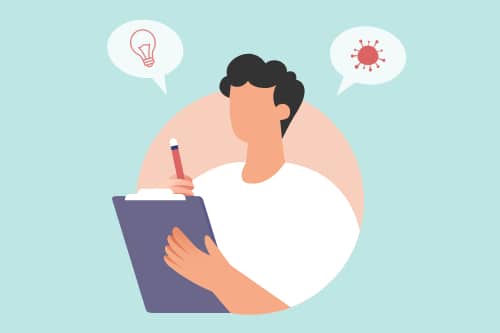
There are many worries, but also a glimmer of hope. The new normal may come with a number of challenges, but it will also allow us to reconnect. Meeting friends and family and being able to travel (almost) freely is definitely something most people look forward to. Leaving the walls of your home can be beneficial for both physical and mental wellbeing.
After more than a year of virtual communication, individuals are eager for physical interaction and engagement in the workplace, taking breaks and going outside, meeting others after a hectic day at work are just some of the things that shed light on the positive sides of the new normal . It will give homeworkers the opportunity to work in a less hectic and stress-induced environment. Students will be able to have fun, games and games with their classmates. This also reduces the additional responsibility that the parents had to take on as co-teachers.
Work towards the integration of the new normal post lockdown
Stepping into the new normal with proper preparation can be both physically and psychologically beneficial. Here is a checklist to help you prepare:
# 1 Prepare in advance
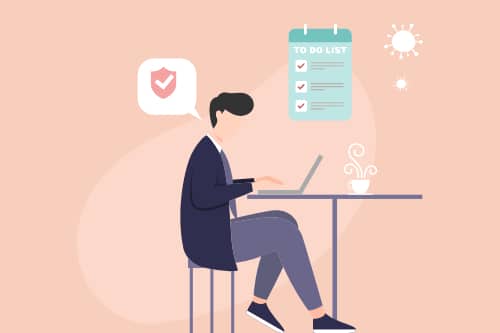
If you plan to quit for either work, leisure, or housework, be sure to read the safety guidelines that should be followed on site and for yourself. Have a conversation with individuals at home so that their fears are also considered. If you find socializing uncomfortable, talk to others about it. Normalizing the uncertainty and insanity can help create a collective sense of discomfort we may all go through.
# 2 learn relaxation techniques
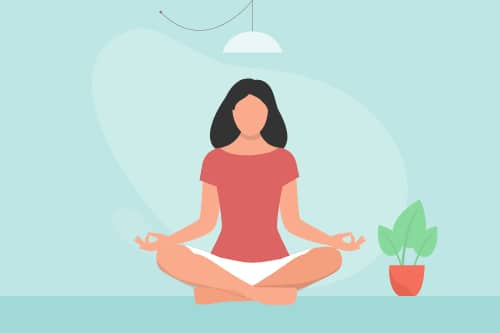
Abdominal breathing, grounding, and other relaxation techniques are helpful in reducing anxiety and reassuring the body that you are safe. Practice it daily in a calm environment to help your body get used to it. This can help develop these techniques in an emergency or fearful situation.
# 3 Engage in simple physical exercises
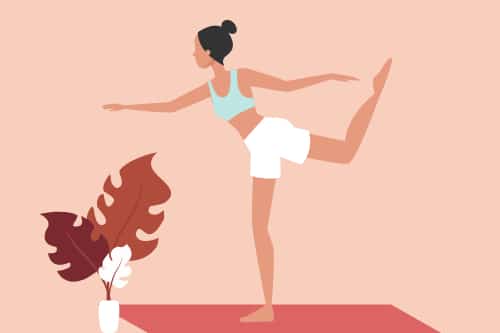
Getting out of the car for an extended period of time without physical activity can leave your body feeling exhausted, leaving you feeling down and abandoned. Prepare by doing some form of exercise and exercise to avoid any fatigue you may encounter.
# 4 Let it out
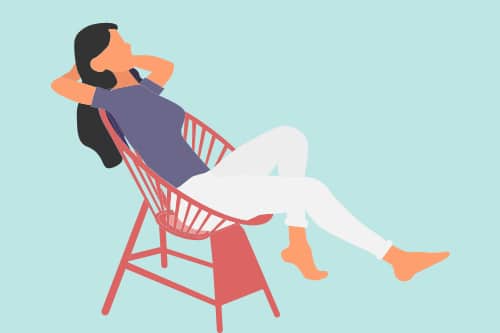
Once things are open, there may be an urge to fulfill all of the things that you have missed out on. It could be eating out at a restaurant, meeting up with friends, or doing all of your upcoming chores. It’s important to take it step by step so as not to feel drained or panicked.
# 5 Create a schedule to balance your online and offline engagements
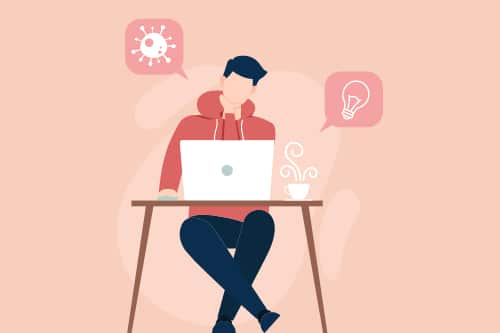
After getting used to virtual media, it can be a chore just to switch to offline engagements. Take steps to make sure you’re ready for the shift. Give yourself enough time to adjust. If a flexible working style is possible, speak to your HR department to help you adjust.
# 6 Self Care & Routines
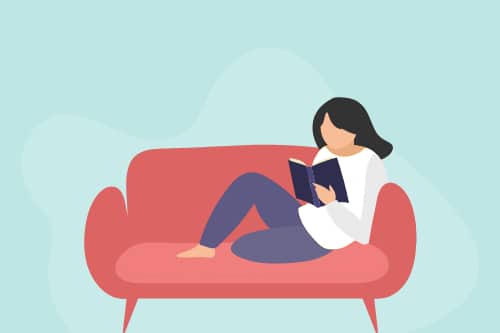
Pandemic has created space to focus on yourself and sit with your thoughts and emotions. It also gave some of us a chance to focus on ourselves and develop routines to support overall health. Take as much as you can 10-20 minutes to continue such activities that you created for yourself.
# 7 Connect with a psychologist
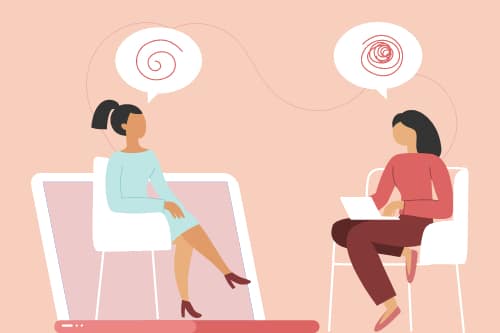
Mental health professionals can help you transition into post-lockdown life. They create a supportive space and help you process your worries or thoughts that can be a barrier.
Conclusion
The future after the lockdown may seem uncertain and frightening. There are many things to look forward to while keeping everyone’s safety in mind. Preparing in advance can help mitigate the effects on your overall health.
also read:
Mental health toolkit to recover from COVID-19
Frequently asked questions (FAQs)
Q. How do I deal with worries that things will not get better even after the pandemic ends?
A. The pandemic affected everyone in many ways. It is normal for future worries to arise. You worry about the future because it seems uncertain. One way is to focus on things that are in your control and things that may not be there. For example, following the safety precautions even after the pandemic and protecting others in your area as well.
Q. I am afraid of socializing. It’s been so long that I don’t know how to interact with others offline.
A. It is understandable that you are afraid. Social skills have long been impractical. Our brains can easily remember the skills with a little practice. Start by connecting for short periods of time with people who you are most comfortable with so that you can rebuild trust.
Q. I am concerned that my health routine will be messed up after everything is reopened. How do I stick to it?
A. Assess what your everyday life will be like after everything is reopened. Slowly give your body permission to adjust to the situation again. Set up a flexible layout of how your day looks. Work with your coach to see how you can integrate your health into everyday life. Remember to take it one step at a time.


